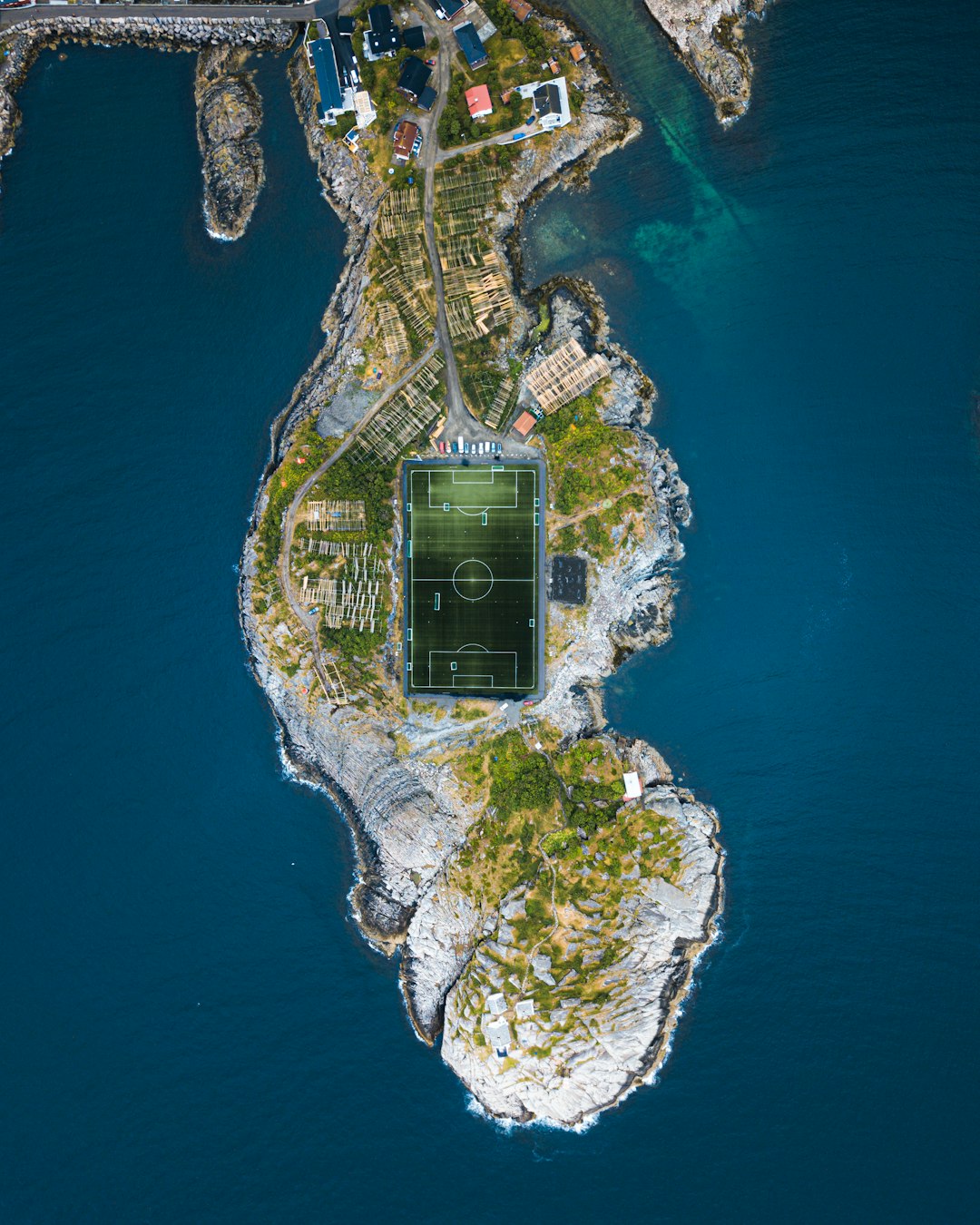In the ever-evolving ecosystem of modern web development, JavaScript frameworks and libraries like React, Vue, and Svelte have transformed how applications are built and delivered. However, this evolution has brought new challenges to the field of Search Engine Optimization (SEO). As search engines adapt to the dynamic nature of JavaScript-driven sites, developers must navigate a complex landscape of SSR, hydration, islands architecture, and edge rendering. Understanding these concepts is instrumental in ensuring that web applications remain discoverable, performant, and user-friendly.
JavaScript and SEO: A Complex Relationship
The rise of Single Page Applications (SPAs) and component-driven development has led to a surge in client-rendered content. Unlike traditional multi-page apps, SPAs rely on JavaScript to render most of their content in the browser. This architecture can pose SEO challenges because:
- Search engine bots may struggle to index JavaScript-rendered content.
- Initial Time to Content can be delayed if hydration and client-side scripts take too long.
- Meta tags and dynamic routes may not be interpreted correctly during crawling.
Despite improvements in how Googlebot renders JavaScript, relying solely on client-side rendering remains risky. Enter strategies like hydration, islands architecture, and edge rendering.
Understanding Hydration
Hydration is the process by which server-rendered HTML is enhanced on the client-side to become interactive. Initially, the server delivers HTML that already contains usable content—ideal for search engine crawlers. After the HTML reaches the browser, JavaScript “hydrates” the markup to enable event handlers and dynamic behavior.
There are two main types of hydration:
- Full Hydration: The entire page is hydrated simultaneously, which can be expensive and slow, especially on low-end devices.
- Partial or Selective Hydration: Only specific components are made interactive, reducing JavaScript payloads and speeding up interaction readiness.
While full hydration offers complete interactivity, it burdens the browser. Partial hydration is increasingly favored in modern frameworks, as it walks the line between performance and functionality.

Key SEO benefit: Server-rendered content ensures that search engines index critical information correctly, while hydration turns your UI into a dynamic site for users.
Islands Architecture: Component-Level Optimization
Islands architecture, promoted by tools like Astro and Marko, is an evolution beyond partial hydration. Rather than hydrating the entire page or specific regions based on manual control, islands architecture treats interactive components as “islands” in a sea of static HTML.
How it works:
- The server delivers a mostly static HTML page.
- Only the dynamic components (e.g., carousels, comment forms) are hydrated using individual JavaScript bundles.
- These islands don’t know about each other and operate independently—keeping the browser workload to a minimum.
SEO implications: Since most of the content is delivered statically, it’s instantly crawlable. More importantly, page speed improves dramatically, which boosts search engine rankings and user engagement scores.
Popular frameworks using islands architecture:
- Astro
- Eleventy (with plugins)
- Qwik
These tools allow developers to serve lightweight, performant pages while maintaining modern, component-based frontends that scale.

Edge Rendering: Bringing the Server Closer
Edge rendering represents a cutting-edge development in server-rendered applications. It involves generating dynamic content at edge locations—servers geographically closer to the end-user. Platforms like Vercel, Netlify, and Cloudflare Workers support this model.
By rendering pages at the edge, developers can reduce latency, offer fresher content, and improve performance globally. In terms of SEO, edge rendering ensures that:
- Dynamic content is always available to crawlers, even if it’s personalized or geo-specific.
- Pages load faster, which contributes to Core Web Vitals and better search rankings.
- Time-sensitive updates (e.g., stock prices, news, availability) are reflected in near-real-time.
Edge rendering vs SSR: Edge rendering is a form of Server-Side Rendering (SSR), but it’s optimized to work at a global network scale rather than relying on just one central server.
Combining Strategies for Maximum SEO Impact
A winning JavaScript SEO strategy may incorporate all three of these concepts. Here’s a practical example:
- Use edge rendering to generate pages closer to the user, reducing latency.
- Deliver server-rendered HTML with hydration for interactive elements.
- Adopt islands architecture to hydrate only the interactive parts, optimizing performance.
This layered approach ensures content is visible and usable instantly, both for crawlers and users. It embraces performance and accessibility without sacrificing interactivity.
Challenges and Considerations
While each technology brings advantages, developers must carefully balance trade-offs:
- Hydration requires careful configuration to avoid bloated scripts and hydration mismatches.
- Islands architecture may limit inter-component communication, which could constrain state management strategies.
- Edge rendering demands infrastructure planning and may increase costs on certain platforms.
Testing is crucial. Developers should validate their SEO using tools like Google Search Console, Lighthouse, and real-world crawl tests using headless browsers.
What the Future Holds
As frameworks evolve, expect deeper integrations of SSR, hydration optimization, and edge-first strategies. Technologies like Qwik and SolidStart push the boundary with fine-grained lazy hydration and zero-JS delivery for static content. Search engines will also continue improving their JavaScript crawling capabilities, but the onus remains on developers to deliver performant, accessible code.
Ultimately, the combination of intelligent content delivery, strategic hydration, and edge location execution is shaping the future of SEO in JavaScript-heavy applications.
FAQ
-
What is hydration in JavaScript applications?
Hydration is the process of turning server-rendered HTML into interactive web pages by attaching JavaScript event listeners after the content loads in the browser. -
Why is islands architecture beneficial for SEO?
By statically rendering most of the page and only hydrating specific interactive components, islands architecture results in faster load times and more crawlable content. -
How does edge rendering improve SEO?
Edge rendering generates content closer to the user, reducing latency and enabling faster page loads—both of which impact SEO rankings positively. -
Can Google crawl JavaScript-rendered content?
Yes, Googlebot can crawl and render JavaScript, but it may delay indexing or miss dynamic content if not properly configured. Server-side or edge rendering is more reliable for SEO. -
Which frameworks support islands architecture?
Frameworks like Astro, Qwik, and partially Svelte offer support for islands architecture, aiming to balance static performance with dynamic interactivity.

